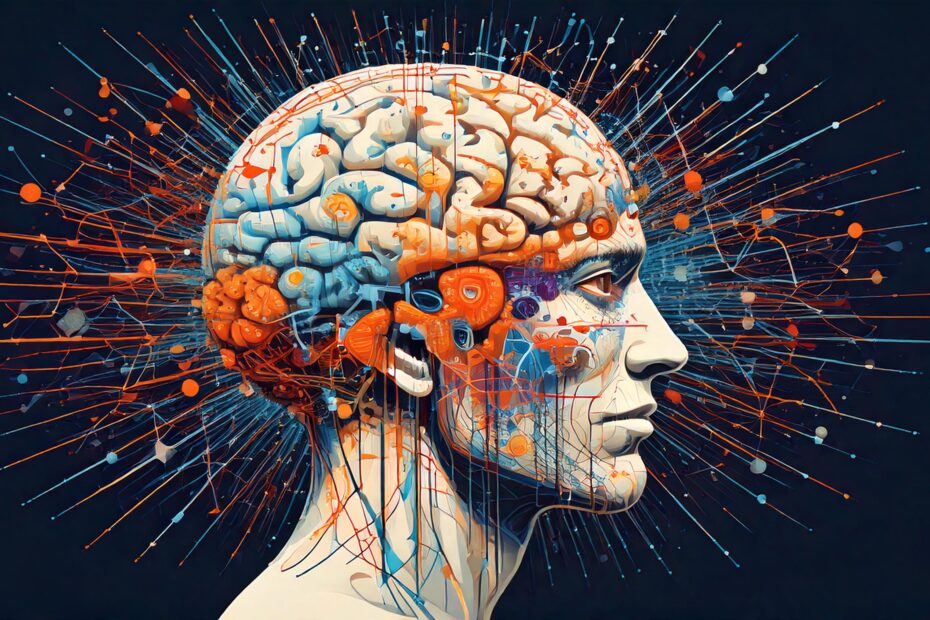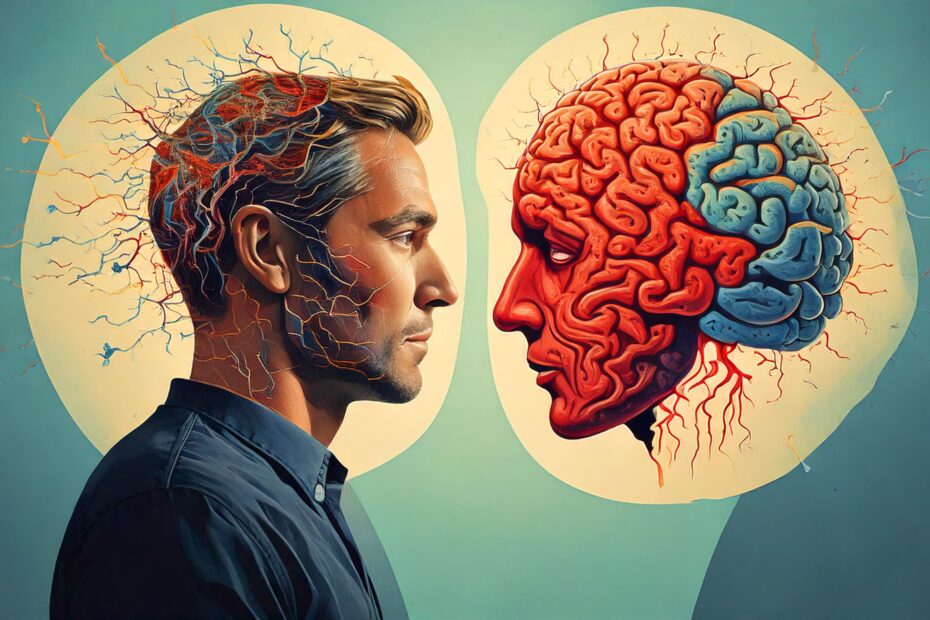The Brain Consideration Set: How to Position Your Brand in the Consumer’s Mind
The “brain consideration set” is a strategic lever in brand positioning. It refers to the limited number of brands a consumer spontaneously recalls when thinking of a product category. Being part of this mental shortlist is critical. It determines whether consumers even consider your brand at the moment of purchase. This article explores how to secure that mental spot—using neuromarketing, emotional triggers, and visual memory.








